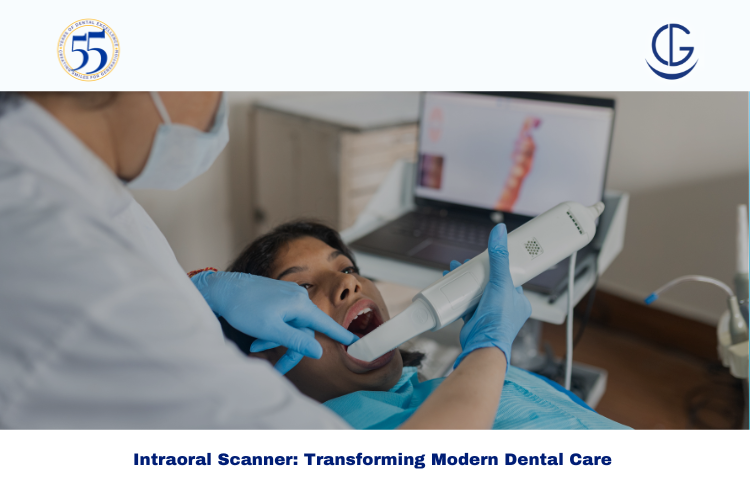Schedule Appointment




Dentistry has evolved rapidly over the past decade, and one of the most revolutionary innovations shaping its future is the intraoral scanner. This digital tool has redefined how dental professionals capture and analyze oral structures, bringing precision, comfort, and speed to modern dental care.
At Dr Gowds Dental Hospital in Hyderabad, technology and expertise come together to offer patients a seamless digital dentistry experience guided by Prof. Dr. M.S. Gowd, a pioneer in advanced dental care.
An intraoral scanner is a compact digital device that captures detailed 3D images of a patient’s teeth and gums. Unlike traditional dental impressions—which can be messy, uncomfortable, and time-consuming—these scanners use advanced optical technology to map the entire oral cavity in minutes.
This digital scan forms the foundation for various dental procedures, including:
Through digital imaging, dentists can visualize, plan, and execute treatments with remarkable accuracy.
The process involves three simple but highly advanced steps:
A handheld scanner captures thousands of images inside the mouth within seconds.
The scanner’s software processes these images into a precise 3D model of the teeth and gums.
Dentists use this 3D model to diagnose, plan, and design treatments digitally—reducing guesswork and improving precision.
These scans can also be integrated with CAD/CAM systems for the fabrication of restorations such as crowns, bridges, and aligners with exceptional fit and quality.
No more messy impression trays or discomfort. The digital process is clean, fast, and patient-friendly.
Digital impressions offer consistent, error-free data—resulting in better-fitting restorations and fewer adjustments.
Scans can be shared instantly with labs, reducing waiting times for restorations and aligners.
3D visual models help patients understand treatment options clearly, encouraging confidence and informed choices.
Digital impressions eliminate waste from physical materials, supporting sustainable dental practices.
Intraoral scanning helps design veneers, crowns, and bridges that perfectly match natural teeth.
Clear aligner systems like Invisalign rely on precise digital scans to create customized aligners for faster, more comfortable treatment.
3D imaging assists in accurate implant placement, improving long-term stability and outcomes.
Regular scans help track changes in the teeth over time, enabling early detection of potential issues.
While technology plays a vital role, consulting a qualified dental specialist is crucial—especially for conditions like severe decay, gum disease, or chronic pain.
Early intervention guided by expert evaluation ensures long-term success and healthier smiles.
At Dr Gowds Dental Hospital, every patient receives personalized advice and comprehensive treatment planning using advanced diagnostic tools.
The intraoral scanner represents the next step in dental innovation—delivering precision, comfort, and speed in every treatment.
Digital dentistry is transforming how professionals diagnose, plan, and restore smiles.
If you’re seeking advanced, pain-free dental care, visit Dr Gowds Dental Hospital in Hyderabad, where expertise and innovation come together for lasting oral health.
It captures 3D digital impressions of teeth and gums, used for restorations, orthodontic aligners, and smile design.
Yes. It uses non-invasive, light-based imaging and provides highly accurate results.
It enables precise planning for crowns, veneers, aligners, and implants, improving treatment quality and efficiency.
In most cases, yes. It’s cleaner, faster, and more accurate than traditional methods.
A certified dental expert, ensures advanced technologies are applied correctly for accurate diagnosis and personalized treatment.